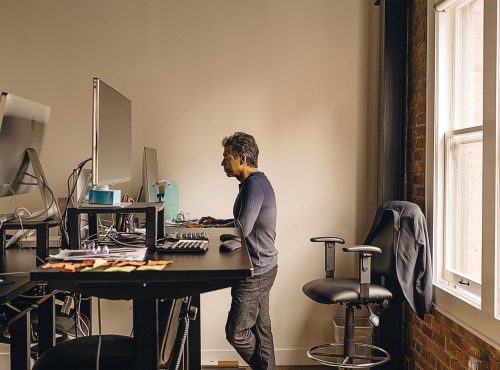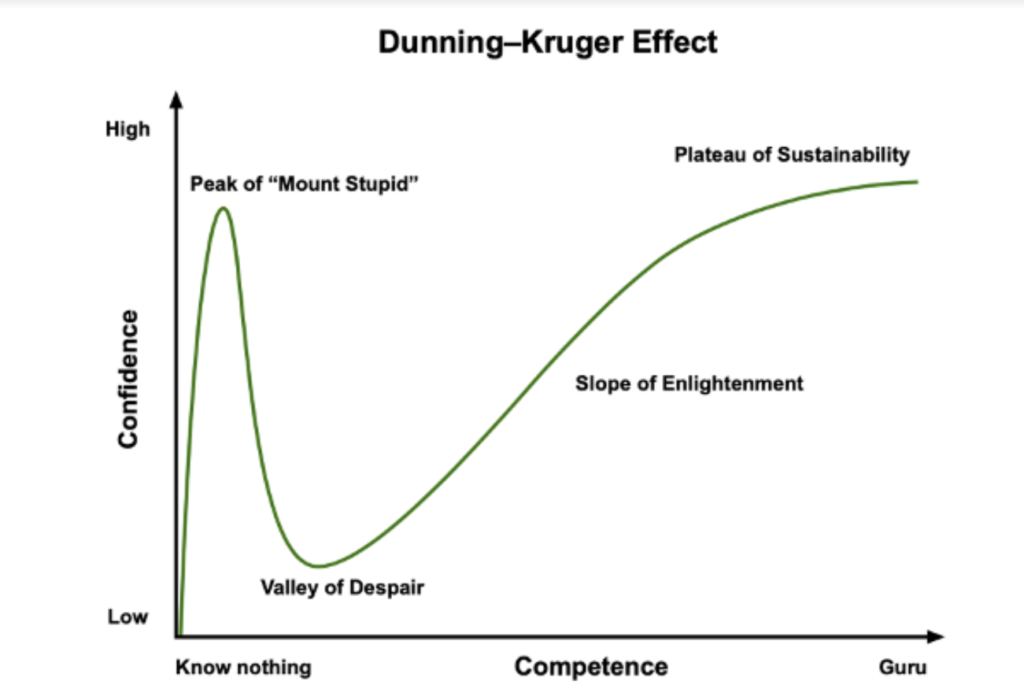
Kaizen in Everything. But Why?
“The only true test of intelligence is if you get what you want out of life.” – Naval Ravikant
Entering the working world is a daunting experience for everyone.
When you enter any trade or profession you don’t know what to expect.
Unfortunately, we’re all well aware that the traditional education system falls short of providing young professionals with the actual experience that is valuable in the real world.
This is one of the major shortcomings of the system. Whilst students are provided with various technical models, theories and breakdowns of the research, they are left lacking in relation to the nuances of how to actually apply this information in the dynamic system of the workplace.
It’s almost impossible to convey these valuable anecdotes, personal perspectives and collaborations of opposing theories in the classroom. However, that doesn’t mean that we shouldn’t try.
It seems as though the traditional education system doesn’t leave much room for the grey area. It too often sees the world through a black and white lens. Tools and strategies are either useful or not, valid or not or right or wrong. Unfortunately, as we all know, this is not the way the world works.
Some strategies are useful in specific contexts, but not so useful in others. Some techniques work in certain cases, but don’t work in others. And for sure the polarised approach works in many cases, but not in absolutely every single one.
These principles are left for young professionals to figure out by themselves, often through trial and error, trials and tribulations. Unfortunately, it takes a fall from the peak of mount stupid, on top of the Dunning-Kruger curve, for many of these lessons to land home.

Therefore, oftentimes your knowledge base, understanding of various concepts and progression within the industry is largely determined by your ability to make mistakes early on. However, we all know that we only have so many mistakes that we can make early on and still keep 1. Our job and 2. Positive word of mouth. We must also have a clear reflection process that allows us to learn from the mistakes that we do make, honing our craft and making our systems more robust than ever.
So, on one hand it is absolutely necessary to have skin in the game and to make mistakes yourself from which you can learn. But on the other hand, it would be extremely beneficial to not have to make many of them at all, and to learn the lessons before having to face the repercussions.
This is where the value of mentorship comes in.
Learning from your own mistakes is not quite so necessary when you can learn from someone else’s. Oftentimes we see those that succeed in shorter time frames in the industry, have sought out opportunities for learning from more experienced practitioners, whilst continuing to do the work themselves. They are not completely out of practice, they are learning the theoretical lessons, whilst practically applying them in the field concurrently. This is what accelerates their learning, practice, growth & development. As a result of making less mistakes, but still achieving positive change, they build positive word of mouth, stronger connections, a favourable personal brand & authority as well.
Rather than hacking through the rainforest with a machete, they get to travel along a path that’s already been cleared. They don’t have to swing blindly into the unknown. They can see exactly what’s coming in front of them and they can learn from the professional and life experience of a person that they trust.
This is what allows them to get ahead of the rest of their so-called competition. Their willingness to learn, to not know the answer and to invest in their development, pays itself back tenfold in the years afterwards.
This is something I wish I had learned sooner, but that I’m grateful for having learned at all. Some people go through their entire career without learning this lesson.
Another lesson that I am grateful for having learned is the value of seeking out different and sometimes opposing opinions. By diversifying the channels through which you receive knowledge and information, it is much easier to not become siloed into one particular system or one specific model for doing things. By seeking out opportunities for learning and growth in multiple areas, I’ve been lucky enough to find myself in a more centralised position, where I hope I’m not too far towards one pole or another. I do for sure have biases, but I am aware of them and that is likely one of the key steps in helping me to avoid focusing too much on one area over another.
But this willingness to continue to learn and to continue to seek out mentorship opportunities has led me to an interesting place. Now, I am in a position where others are reaching out and keen for me to mentor them. They want to learn more about my approach, my experience and my way of doing things, with the end goal of improving their own.
This is a precarious position however, as I feel that oftentimes those that transition from the position of mentee to mentor can start to believe their own hype. As a result of focusing more on the teaching side of things, they can become more polarised and more steadfast in their convictions that their way is the right way. Following my first mentorship cohort, I can see exactly how that happens.
I was reluctant to put together the mentorship for quite some time, feeling the effects of imposter syndrome and doubts about whether I actually had some value that I could offer to other practitioners. However, I sought to just attempt to put some information together and then see if what I had put together was 1. Comprehensive & robust + 2. Could offer some assistance to less experienced coaches.
My next task was seeing if people were interested and then actually delivering the course, which proved to be a huge task in itself. Albeit less of a taxing one in my opinion.
Following the delivery, I was keen to receive any and all feedback from the mentees, in order to see whether they had seen value in completing the process, had learned something useful from my own approach and had any opinions on whether the course could help others going forward. This is probably the part of the process I was most nervous about, but it was also the part of the process that really blew me away.
Their messages and feedback about the experience were beyond what I expected. I suppose we all have doubts about ourselves and our competency, but the testimonials I received definitely showed me that my work over the years has definitely led to a huge amount of growth and improvement. I feel that this is potentially the point where others may start to believe their own hype, and begin to discount others and their opinions. It’s easily done I would say as there is nothing like the positive opinions of others to swell an abnormally large ego.
Although I now know that undoubtedly my efforts to put something useful together have been worthwhile, I’ve chosen that this cannot be the end of my own development. I have gained so much from both teaching and learning, so I am endeavouring to continue to do both. I am going to refine my mentorship system for those that want to continue to walk my path, but I am also going to continue to seek out opportunities to walk with others as well.
That way, I think I may be much more likely to not run out of road in the future.
If you’re interested in walking my path with me then please feel free to reach out. You can email me @ peteyperformance@gmail.com

“The only true test of intelligence is if you get what you want out of life.” – Naval Ravikant

So, we can see that when it comes to our training, a certain volume of work when paired with adequate recovery is positive for our development, but if that same intensity of work is mismanaged and spiked, then the same exercise intensity can be toxic to the athlete.

Pick your big rocks. These are the things that will really push you forward as an athlete at this stage of the process. Prioritise these above all else. These are the need-to-haves. Don’t ignore these in favour of the nice-to-haves.
Here to help you achieve your health and performance goals.
At Petey Performance, I’ll assist you every step of the way. What’s stopping you?
Take ownership today.
© 2021 All Rights Reserved
Subscribe to Petey Performance and get updates on new posts plus more exlusive content.